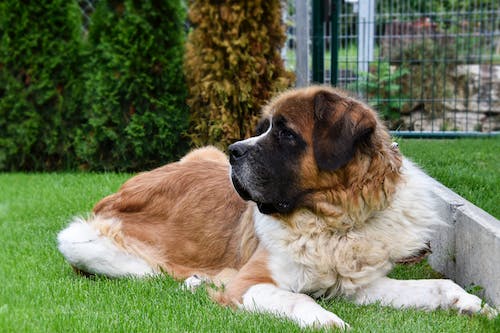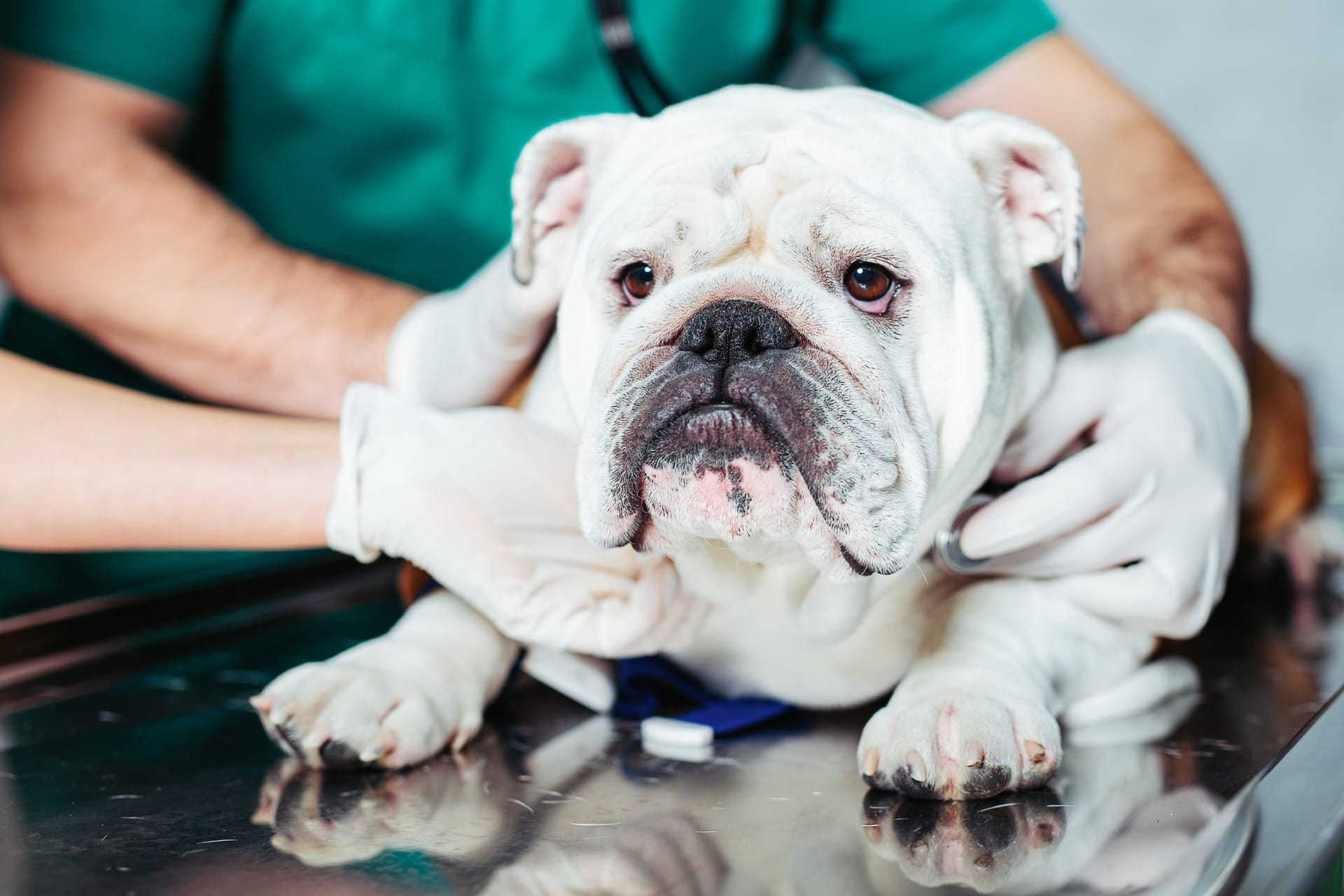Welcoming a new litter of puppies is a joyful and heartwarming experience for breeders and dog enthusiasts alike. While every litter holds its own charm, there’s something especially captivating about the arrival of puppies from large breed dogs. These impressive litters not only stand out for their size but also highlight the fascinating capabilities of nature. It’s no surprise that large breeds like Great Danes, Saint Bernards, and Irish Wolfhounds are known for producing some of the biggest litters in the canine world. These gentle giants can give birth to 10 to 15 puppies—or sometimes even more—in a single litter. The reason behind these large litters lies in the biology of big breed dogs. They have more spacious uterine horns and broader pelvic structures, making it easier to carry and deliver numerous puppies. Additionally, higher levels of progesterone during pregnancy may also play a role in supporting larger litters.
While large breed puppy litters are truly remarkable, they come with unique challenges for both the mother and the breeder. The mother dog’s health is a top priority, as she must care for and nourish a large number of puppies. Breeders must closely monitor the litter to ensure every pup receives enough attention and nutrition, especially in the early stages of life. Raising a large litter requires thorough planning and adequate space. A roomy whelping box or designated area allows the mother and her pups to move freely while staying safe and secure. High-quality nutrition is also essential, supporting the demanding needs of both the nursing mother and her rapidly growing puppies. Equally important is early socialization. With more puppies to manage, breeders must dedicate extra time to introducing each pup to a variety of sounds, textures, people, and experiences. These efforts are crucial in shaping confident, well-adjusted adult dogs and in minimizing behavioral problems down the line.

Socialization plays a crucial role when raising large breed puppy litters. Early exposure to a variety of sights, sounds, textures, and experiences helps puppies grow into confident, well-adjusted adults. With larger litters, this process becomes even more important, as each puppy needs individual attention to support healthy behavioral development. Breeders must dedicate time and care to ensure every pup receives the stimulation necessary to thrive. The appeal of large breed litters goes beyond their impressive numbers. Each puppy is a unique individual, with distinct personality traits, markings, and potential. Watching them grow—from their first unsteady steps to their playful exploration of the world—is a deeply rewarding experience, filled with moments of discovery and joy.
Large breed puppy litters offer breeders a unique opportunity to positively impact the future of these majestic breeds. By carefully selecting breeding pairs based on health, temperament, and breed standards, breeders can enhance the overall quality of these dogs while promoting their long-term well-being. These litters are a testament to the wonders of nature. They represent both the beauty of life’s diversity and the challenges that come with it. Beyond their impressive size, large breed litters captivate us with their potential for growth and development. As we admire these gentle giants bringing new life into the world, we are reminded of our responsibility to care for and protect these extraordinary creatures.

